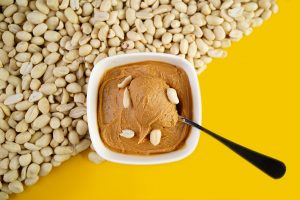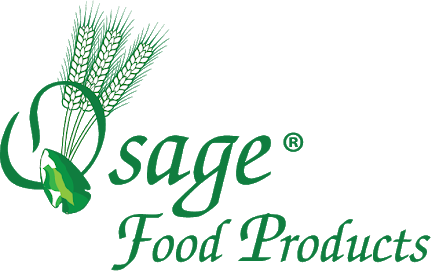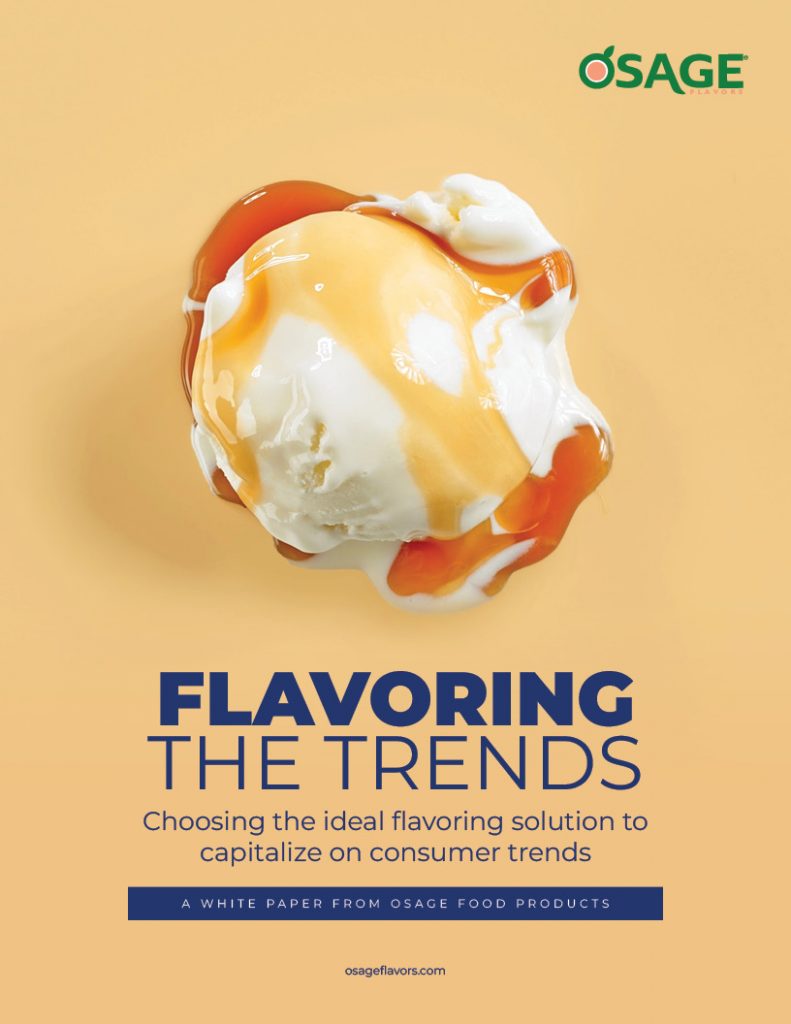Few events have changed our world in recent times like the COVD-19 pandemic. The food and nutrition industries saw shifts related to changing meal patterns, working from home, and closed gyms and indoor recreational facilities – all directly linked to public health guidelines mandated to stop the spread of infection.
However, these lifestyle changes seemed to boost ingredient sales in the U.S., with protein once again listed among the bestselling products in this channel through November 2020.
Globally, the sports nutrition market, which was valued at $12 billion in 2016, is expected to grow to $17.5 billion in 2021. Protein powder held the largest share of this category with 80 percent of the global sales value, followed by ready-to-drink products and protein bars.
The market isn’t expected to slow down anytime soon as consumers continue to focus on protecting their health and adjusting their lifestyles to adapt to new work and homelife routines.
As we move through 2021, here’s what we’re seeing as the seven main drivers in the protein industry:
- Protein products that offer “complete” health solutions: People are currently focused on overall health and wellness, and are looking for products that don’t just address one issue, but several health concerns in a convenient, all-in-one bundle. This means offering “Protein +” products that not only serve as protein supplements, but also support hydration, gut, and brain health, as well as boosting the immune system.
In 2021, food manufacturers will ramp up the production of healthy, “complete” meal alternatives in shake or snack form to people working from home and finding themselves snacking throughout the day, or skipping meals due to workload.
- Increased ingredient transparency: These days, having a convenient, nutritious product isn’t always enough. A recent study showed that 71% of consumers will lose trust in a brand forever if they feel it puts profits over people, especially during challenging times. It’s become critical for food manufacturers to put their product’s authenticity on display to build trust with customers.
In 2021, transparency will be key. Expect more food and nutrition marketing assets to spotlight how their ingredients are sourced, the stories about the people who supply them, and how the product changes people’s lives.
- Increased demand for alternatively-sourced protein products: Last year, it was reported that 39% of consumers are trying more plant-based food products. This is due to the rising awareness of both health and ethical concerns on the part of the consumer, as well as a growing sense of social and environmental responsibility.
Protein sourced from organic and grass-fed whey and milk proteins, as well as plant-based proteins, are gaining prominence in the marketplace. Protein suppliers will respond by expanding their plant protein portfolios to offer a wider variety of products to food manufacturers.
- Prominent ingredient lists: According to the 2020 ADM study, OutsideVoice Protein Perception and Awareness Study, 60 percent of consumers claim that seeing recognizable ingredients listed on nutritional products influences their buying decisions, while 66 percent prefer labels with shorter ingredient lists.
Look for more manufacturers to highlight their product lists in 2021, especially if they are shorter, contain well-known ingredients, and can claim no additives or preservatives, to boost consumer confidence that they are buying the right product for their needs.
- Taste still drives the protein supplement market: A recent study found that 52 percent of respondents across all generations surveyed cited taste as the number one attribute when selecting nutrition and performance products. In addition, 36% listed flavor as an “important” attribute.
With the flavor experience continuing to ride high on attributes that help consumers make a buying decision, food and nutritional product manufacturers are expected to highlight taste on their product packaging.
- Targeting the younger generation: Protein products haven’t been just for bodybuilders for quite some time, as people from all walks of life look to nutritional products to supplement healthy lifestyles. This includes Generation Z and Millennials, who are interested in protein products specifically geared to their needs, tastes, and interests.
In 2021, this trend will continue with food manufacturers highlighting classic protein benefits such as added endurance, energy, and performance with new trends that highlight popular nutrition plans, such as Keto, and alternatively-sourced ingredients.
- Increased focus on online retail: E-commerce transactions have been gaining on brick-and-mortar stores over the past several years. Limited in-person shopping opportunities pushed more people than ever to shop online, where they find a wealth of product information, detailed ingredient lists, product reviews, prices, and more – all available 24 hours every day.
In 2021, expect online retailers to continue to focus on their online stores, enhancing the customer experience with smoother transactions, easy-to-use payment portals, faster deliveries, and more.
With 2020’s theme of “staying well” continuing into 2021, the rise in the protein ingredient market is expected to remain, especially since this ingredient is considered synonymous with better health, more energy, and convenient availability in a wide range of applications.




